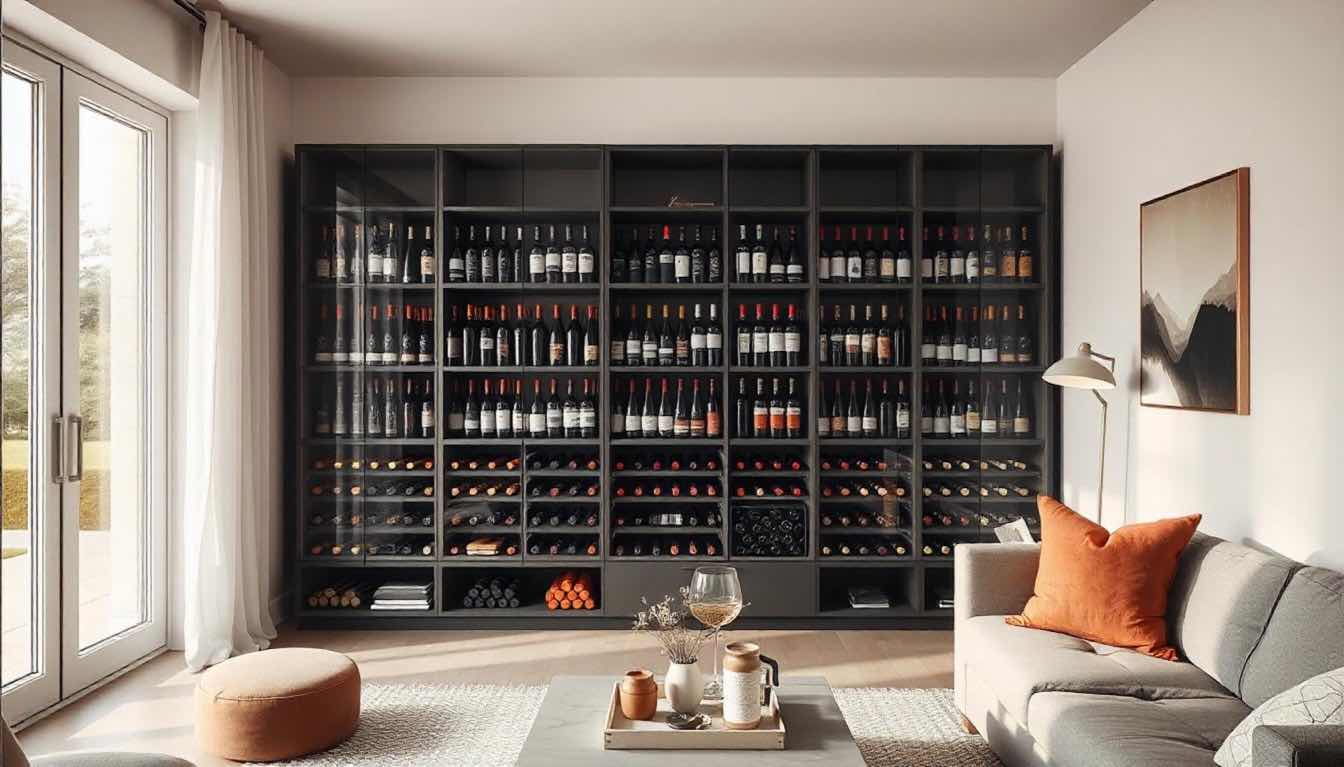Storing wine at home can seem daunting, but with a few simple guidelines, you can ensure your collection is preserved in optimal conditions. Proper storage not only maintains the quality of your wine but also enhances its flavors and aromas as time goes by. Understanding temperature, humidity, light, and the position of your bottles can dramatically impact your wine's longevity. In this guide, we’ll explore each of these critical factors and provide practical tips for creating the ideal home storage environment.
The Importance of Temperature Control
Temperature is arguably the most essential factor to consider when storing wine. Ideally, wine should be kept at a consistent temperature between 50 to 55 degrees Fahrenheit. Large fluctuations can spoil the wine, while temperatures higher than 70 degrees can age it prematurely. To maintain the ideal temperature, consider a dedicated wine fridge or a climate-controlled cellar. Ambient temperatures in a household can fluctuate due to seasonal changes or household activities. Therefore, monitoring the temperature regularly is indispensable.
Humidity Levels for Wine Storage
Humid air helps maintain the integrity of the cork, preventing it from drying out and allowing air to infiltrate the bottle. The optimal humidity level for wine storage is between 50 to 70 percent. Too much humidity can encourage mold growth, while low humidity can lead to cork rot. A simple hygrometer can help you measure and manage the humidity in your storage space. If you find your storage area too dry, using a humidifier can assist in raising the moisture levels, providing the necessary environment for your bottles.
Keeping the Light Exposure in Check
Light is another critical component that can adversely affect wine. UV rays can degrade and prematurely age wine, especially for whites and rosés, which are more prone to light damage. Store your bottles in a dark area or opt for bottles that have darker glass to offer additional protection. If your storage area has windows, consider utilizing curtains or shades to block light. Additionally, avoid using fluorescent lights in your wine storage, as they emit UV light. Instead, using LED options can mitigate this issue.
Correct Bottle Orientation
Most experts recommend storing wine bottles horizontally. This position keeps the wine in contact with the cork, preventing it from drying out. A dry cork can lead to oxidation and spoilage. For sparkling wines, storing them upright is acceptable, as the pressure inside the bottle keeps the cork moist. However, for all other types of wine, including some of the top Kosher wine brands, horizontal storage remains the best practice. This simple method helps preserve the wine’s quality and flavor for longer.
Creating a Suitable Wine Storage Space
Design your wine storage space considering both aesthetics and functionality. If you have a basement that maintains stable temperatures and humidity, that’s excellent. If not, a wine closet or a dedicated wine cellar can be created in any temperature-controlled area of your home. Shelves should be sturdy enough to hold the weight of the wine and capable of accommodating various bottle sizes. Ventilation is also important, as it prevents the buildup of unwanted odors that could affect your wine. Reinventing unused spaces into functional wine storage can enhance your home’s charm and provide a convenient location for your collection.
Using Wine Racks and Cellars
Investing in proper wine racks can greatly improve your storage solution. Racks designed specifically for wine allow for organized storage techniques, enabling you to categorize by type, year, or region. Some specialize in compact designs suitable for smaller spaces, while others are larger for extensive collections. If you're planning to store a considerable amount, consider a wine cellar. These can vary in size and scope, from manufactured designs to custom-built spaces tailored to your specifications. A well-organized wine storage system not only protects your collection but also makes it more enjoyable to browse through.
How Long Can Wine Be Stored?
The duration a wine can be stored varies widely based on the type of wine. Generally, most white wines should be consumed within two to three years, while reds can last significantly longer, often up to ten years or more. However, premium wines can reach maturity anywhere from 10 to 20 years, or even beyond, depending on the grape variety and conditions. Knowing your wine and its aging potential enables you to enjoy it at its best. Always check the producer’s recommendations for optimal aging duration.
Common Mistakes to Avoid
When it comes to wine storage, certain mistakes should be avoided. For instance, placing wine bottles in places that receive direct sunlight can have severe effects on flavor and aroma. Another common error is storing wine in areas with frequent vibrations, as they can disturb sediments and negatively affect aging. Lastly, be cautious about the shelves you choose; flimsy storage can lead to broken bottles and damaged collections. Keeping these pitfalls in mind will help you create a functional and effective wine storage solution at home.
Proper wine storage involves more than just finding a cool, dark place. By paying close attention to temperature, humidity levels, light exposure, and bottle positioning, you can ensure that your wine ages gracefully. Investing in dedicated storage solutions such as wine racks and cellars can enhance your collection while providing ease of access. With careful monitoring and an awareness of common mistakes, your wine can be a source of enjoyment and celebration for years to come.





